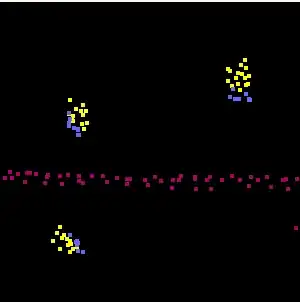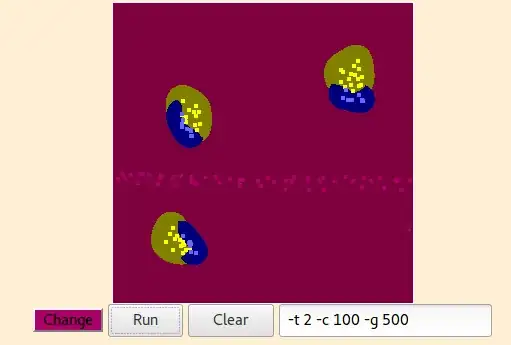Are there any models that infer "high-level" rules?
Consider for example the plot
that represents data from a table with 3 entries: A $x$ and $y$ column of real-valued data and a label column with data *yellow",blue,magenta.
Are there any models that, if I give them such data, will automatically infer things like
data is concentrated in 3 disc-like regions and a line of points
if there is a yellow dot, there will be a blue dot nearby and vice-versa
one of the disc-like regions is separated by a line of data from the others
and output these rules not implicitly, by outputting some classification or regression lines, but outputting some formal language that state these rules?
So far my guess is that for each such question I have to think deeply which model could answer - and then convert a classification/regression line into a rule by hand.
For example, an SVM would be able to answer out of the box only the first two questions (for the third one we would already need to to additional work), like so
(you can generate yourself such pics here, thx to F. Werner for pointing the website out!) and then we would have to interpret the regions the SVM detected to manually infer such rules. (I guess what I have in mind maybe comes a bit close to https://automaticstatistician.com/index/?)

